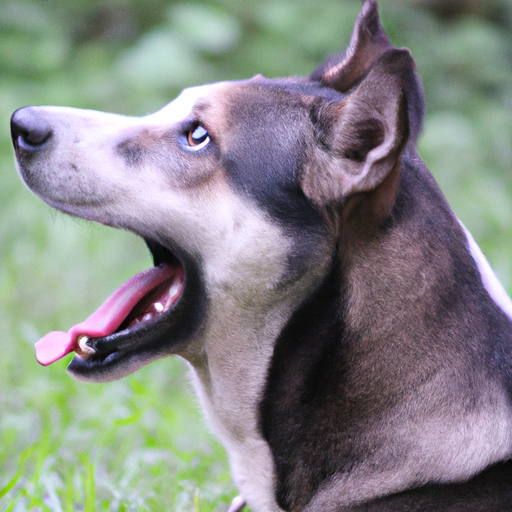Introduction
You’ve probably heard your dog growl at some point. It’s a common sound that dogs make, but what does it mean? How should you respond? As a caregiver, these are important questions to understand. This article will guide you through the intricacies of dog growling, from understanding the reasons behind it to knowing how to respond most appropriately.
Understanding Dog Growling
Firstly, it’s crucial for you to understand that growling is a form of communication for dogs. It’s not inherently aggressive or negative. Dogs growl to express various emotions and intentions.
- Warning or threat: Dogs often growl when they feel threatened or cornered. This is their way of saying, “Back off!”
- Playing: Dogs can also growl when they’re having fun. If your dog growls during playtime, it’s usually nothing to worry about.
- Pain or discomfort: If your dog is hurt or not feeling well, they might growl to express their discomfort.
- Guarding resources: Dogs can growl when they’re protecting their food, toys, or territory.
Responding to Dog Growling
Knowing why your dog is growling is only half the battle. The next step is knowing how to respond. Here are some strategies:
- Don’t punish: Never punish your dog for growling. It’s their way of communicating with you and if you suppress it, they might resort to biting without warning.
- Evaluate the situation: Try to understand why your dog is growling. Are they playing? Are they feeling threatened?
- Remove the threat: If your dog is growling out of fear, try to remove the threat if possible.
- Consult a professional: If your dog’s growling becomes a regular occurrence, it might be a good idea to consult with a professional dog trainer or behaviorist.
Understanding Growls in Different Situations
Different situations provoke different types of growls. Understanding the context can help decipher what your dog is trying to communicate.
| Situation | Possible Meaning |
|---|---|
| Playtime | Fun, excitement |
| Mealtime | Guarding food |
| Stranger approaching | Fear, threat |
Training Your Dog Not to Growl Inappropriately
Sometimes, dogs growl inappropriately, such as when they’re being possessive over a toy or food. Training your dog not to growl in these situations can be beneficial.
- Use positive reinforcement: Reward your dog when they behave well.
- Teach them commands like “leave it” or “drop it”.
- Gradually expose them to the situations that make them growl, while rewarding them for remaining calm.
When to Seek Professional Help
If your dog’s growling is causing problems or if you’re unable to manage it on your own, don’t hesitate to seek help from a professional. They can provide you with personalized guidance and strategies to manage your dog’s behavior.
Your Role as a Caregiver
As a caregiver, your role is to ensure your dog feels safe and secure. Understanding their growls is a big part of that. Remember, patience and consistency are key. It’s a learning process for both you and your dog.
FAQs
Q: Why does my dog growl when I try to move them while they’re sleeping?
A: Dogs can growl when they’re startled or disturbed from their sleep. This is a normal reaction and it’s best to let sleeping dogs lie.
Q: My dog growls when they play, should I be worried?
A: Play growling is common and usually nothing to worry about. However, if the play becomes too rough or if your dog is showing other signs of aggression, it might be time to intervene.
Q: Is growling always a sign of aggression in dogs?
A: Not always. Dogs growl to communicate a variety of emotions and intentions. It’s important to understand the context and other body language signals to interpret the growl correctly.
Remember, you know your dog better than anyone else. Trust your instincts and don’t hesitate to seek help if you’re feeling overwhelmed. With patience and understanding, you can learn to communicate with your dog effectively and ensure they feel safe and secure in your care.



